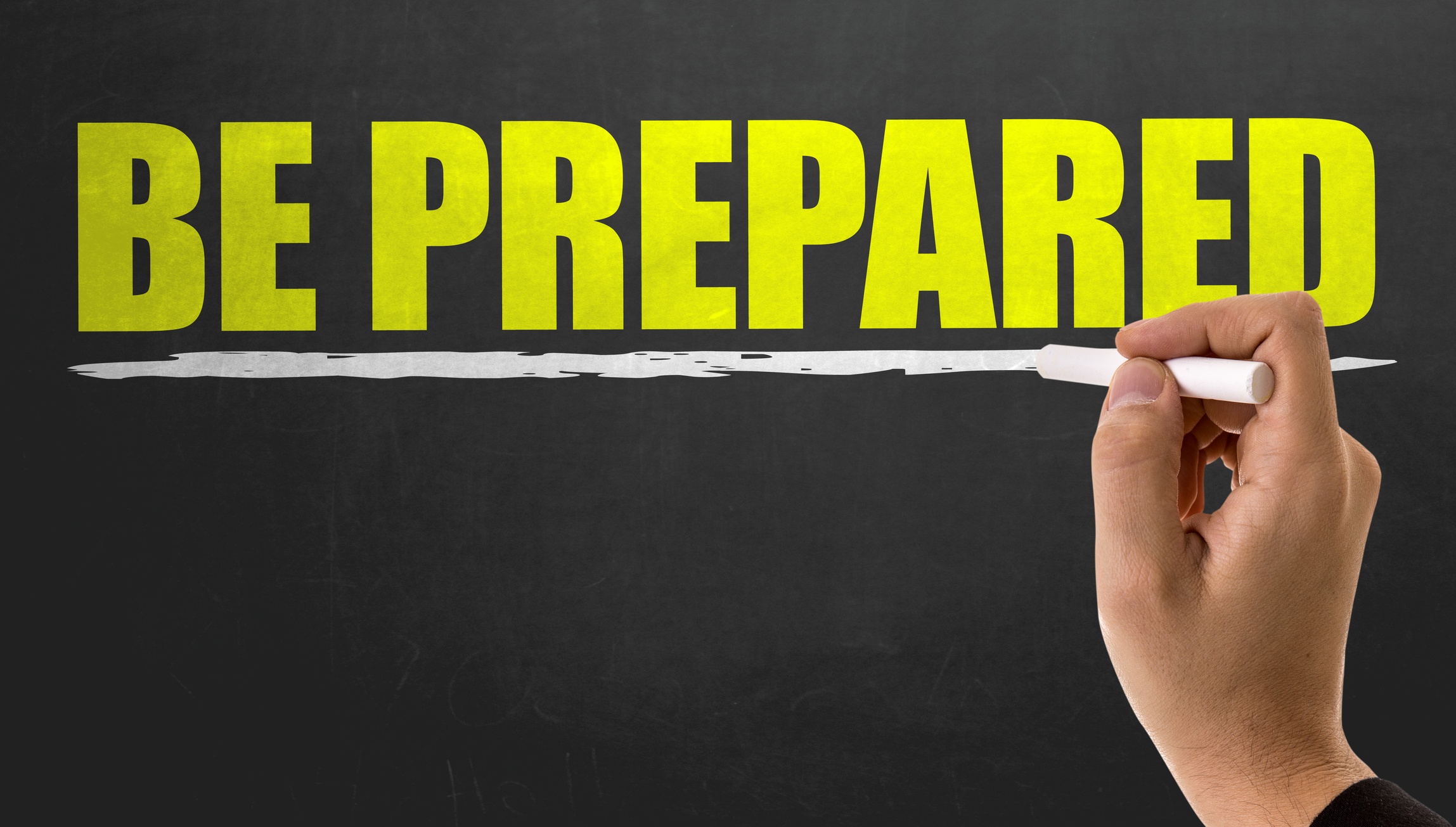 Prospecting was spot on. The needs analysis meetings uncovered a clear desired business result for the prospect. And now it's time to shine—sales proposal time!
Prospecting was spot on. The needs analysis meetings uncovered a clear desired business result for the prospect. And now it's time to shine—sales proposal time!
by The Center for Sales Strategy, on February 11, 2020
 Prospecting was spot on. The needs analysis meetings uncovered a clear desired business result for the prospect. And now it's time to shine—sales proposal time!
Prospecting was spot on. The needs analysis meetings uncovered a clear desired business result for the prospect. And now it's time to shine—sales proposal time!
Ask any sales rep what the hardest part of their job is, and we'll bet they’ll say “closing.” Don't be scared. Ensure your hard work (or your team's hard work) doesn't go wasted by following these tips gathered from our sales experts when creating and presenting your sales proposal.
by Alina McComas, on July 22, 2019
 Over the last couple of months, I have had a number of clients share with me that they lost out on a couple of large deals that they had felt pretty strongly about. In each of those scenarios, my first question was, "Do you know why?" More often than not, the answer to my question was, “I’m not sure.”
Over the last couple of months, I have had a number of clients share with me that they lost out on a couple of large deals that they had felt pretty strongly about. In each of those scenarios, my first question was, "Do you know why?" More often than not, the answer to my question was, “I’m not sure.”
Anyone who has ever been in a sales position has received a “no” in their career – most likely more than they would like – it comes with the job. But, it is what you do with the “no” that separates the best from the rest. Diagnosing where you may have gone wrong in the sales process can help to minimize making the same mistake in the future.
by Kurt Sima, on May 28, 2019
 To sales managers and salespeople, "No" might be the worst word in the dictionary. Not only is it a buzzkill to hear the word, but it represents a terrible return on investment from the seller’s perspective.
To sales managers and salespeople, "No" might be the worst word in the dictionary. Not only is it a buzzkill to hear the word, but it represents a terrible return on investment from the seller’s perspective.… just to hear "NO!"
by Kurt Sima, on January 7, 2019
 Proper preparation prevents poor performance!
Proper preparation prevents poor performance! Take these five P's for a test drive, and your sale performance will improve.
by Kurt Sima, on October 23, 2018
 Proposals come in all shapes and sizes. Some are highly-technical and data-focused, while others are more detail-driven. Some are filled with fluff, while others are pretty worthless. The best proposals are a combination of data, solutions, and detail.
Proposals come in all shapes and sizes. Some are highly-technical and data-focused, while others are more detail-driven. Some are filled with fluff, while others are pretty worthless. The best proposals are a combination of data, solutions, and detail.
by Alysa Hinshaw, on August 15, 2018
 IMAGINE THIS: After countless attempts to connect with a prospect, your persistence has paid off. You did it! You've got the meeting on the calendar, you are feeling great! Now, you have one chance to make a great first impression, and it needs to count. Luckily, you have a few days to prepare so you can ensure the meeting runs smoothly and the prospect views you as a trusted and valued partner.
IMAGINE THIS: After countless attempts to connect with a prospect, your persistence has paid off. You did it! You've got the meeting on the calendar, you are feeling great! Now, you have one chance to make a great first impression, and it needs to count. Luckily, you have a few days to prepare so you can ensure the meeting runs smoothly and the prospect views you as a trusted and valued partner.
While it’s important to prepare yourself for the meeting, you also want to prepare the prospect. This is one thing that salespeople often overlook prior to a meeting. Most prospects are going to expect you to come in and tell them why they need to buy your product or service. It’s up to you to go out of your way to be sure they know you are different and you are not going to do that. Don't just prepare yourself... also prepare your prospect.
by Kurt Sima, on July 11, 2018
 Even when you are intentional about removing surprises and skilled at talking about price, you may still encounter objections during the sales process. Listening for objections along the way and handling each one as it comes up helps you avoid trying to address all the objections while you are presenting your proposal.
Even when you are intentional about removing surprises and skilled at talking about price, you may still encounter objections during the sales process. Listening for objections along the way and handling each one as it comes up helps you avoid trying to address all the objections while you are presenting your proposal.
by Matt Sunshine, on May 21, 2018

This post was originally published on Hubspot.
Despite its increasing irrelevance, the tired, old sales pitch still enjoys a large following. Unfortunately, that washed-up elevator pitch generally focuses solely on the seller -- the company, its capabilities, and its accomplishments -- and rarely highlights the prospect’s needs.
by Kurt Sima, on September 21, 2017

Surprises are fun when they are part of a birthday; not so much when they are involved in selling. Salespeople should do their due diligence to minimize surprises during the sales process, especially when presenting and closing proposals.
Salespeople can improve their closing ratio and improve customer results using a no-surprise proposal (NSP) technique by clarifying these five things before they build and present a proposal:
by Guest Contributor, on September 11, 2017

Slide presentations are supposed to help salespeople make sales. However, if they are poorly designed, slide presentations can drive sales away. A slow-moving, confusing, lackluster and lengthy PowerPoint is hard to endure — buyers will assume if they buy anything from you, they’ll be in for more of the same as long as the relationship continues.
On the other hand, an engaging and enlightening PowerPoint establishes you as efficient, expert, and tuned in to the customer’s needs. In other words, it will bring you closer to a sale. Here are 10 ways to make your presentations stand above the competition.
Improve your sales performance. Sales managers can gain unique perpsectives on hiring and developing more effective sales teams. Salespeople can improve their approach to getting more appointments with target prospects, uncovering desired business results, and engaging clients in a collaborative process that leads to the sale.
The Center for Sales Strategy
Contact Us
